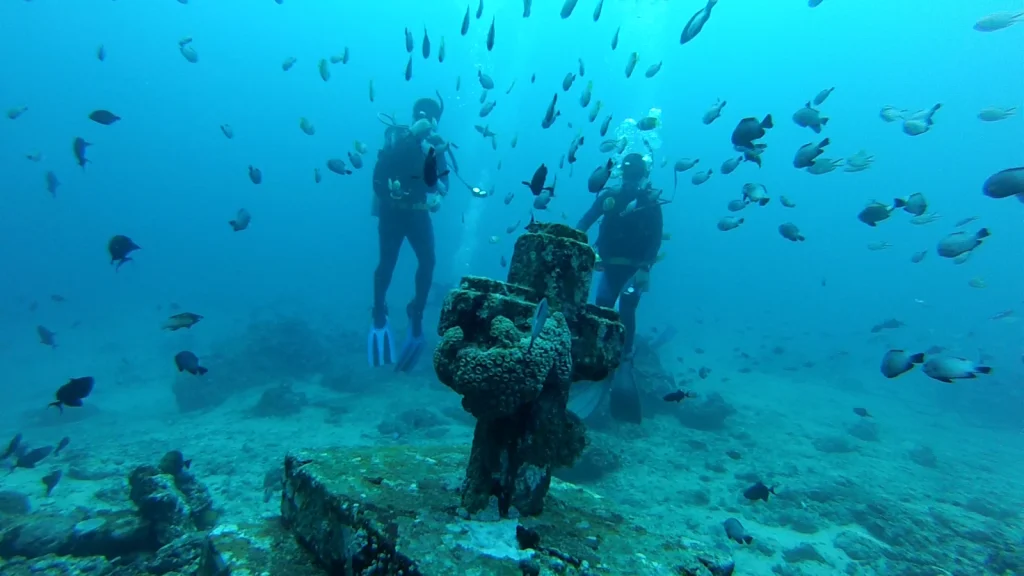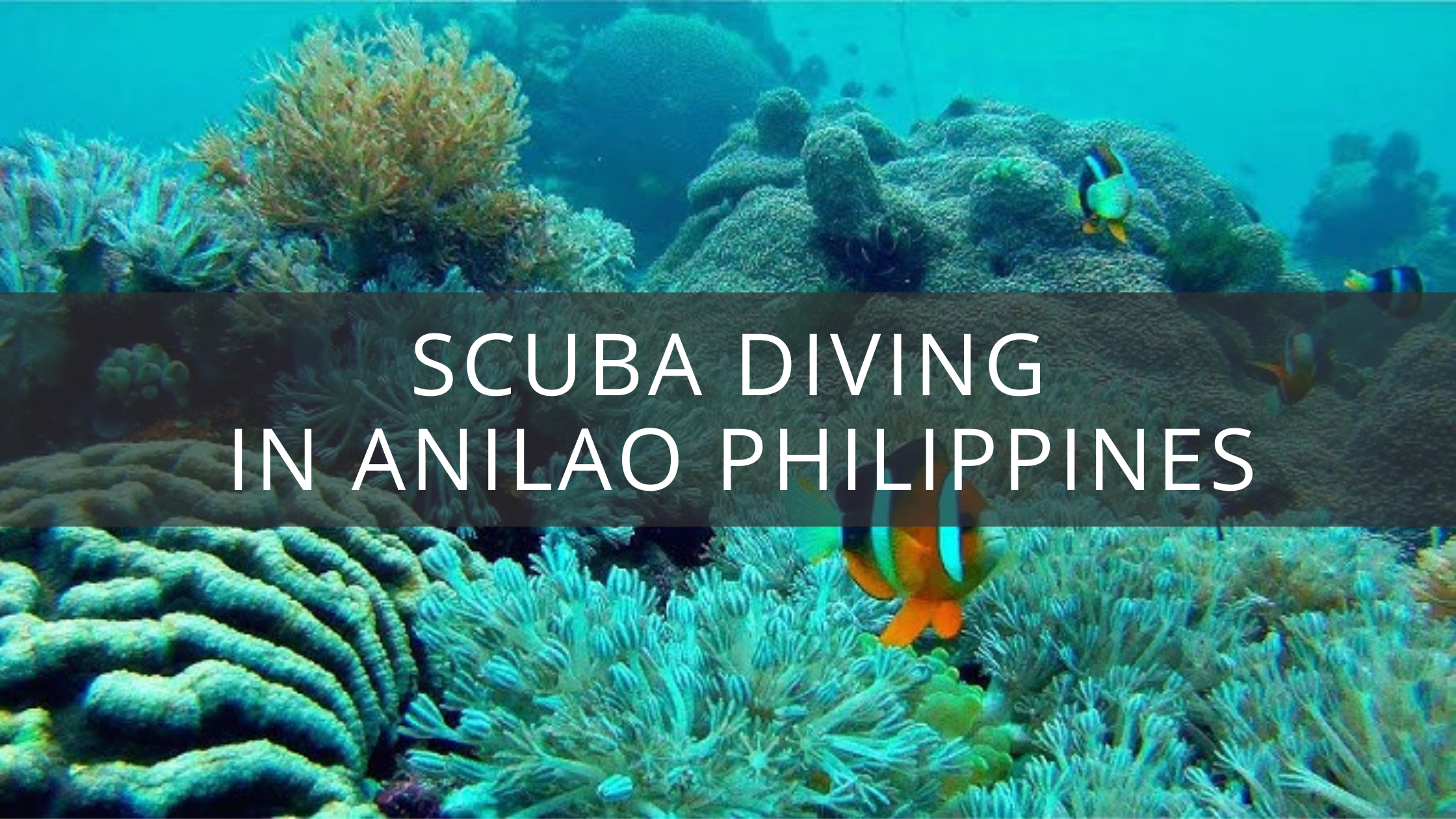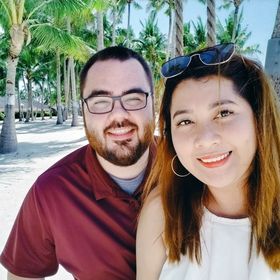Just a few hours’ drive south of Manila lies a diver’s dreamland: Anilao, Batangas. Often hailed as the “Macro Photography Capital of the World” and one of the birthplaces of diving in the Philippines, Anilao diving offers an unparalleled opportunity to witness some of the ocean’s most bizarre and beautiful small marine life.
If you’re a scuba diving enthusiast, particularly one with a penchant for the tiny, the weird, and the wonderful, then Anilao should be at the very top of your list. This guide will delve into everything you need to know for an unforgettable scuba diving Anilao adventure, from its unique marine biodiversity and top dive sites to choosing a resort and practical travel tips.
See also: The Top 7 Must Haves Every Traveler Needs
Why is Anilao Diving a Must-Experience?
Anilao’s reputation as a premier diving anilao philippines destination is well-deserved. Here’s what makes it so special:
- Critter Capital of the World: The sheer density and diversity of rare and unusual macro subjects are astounding. Anilao is where you come to find the “holy grail” of muck diving critters.
- Nudibranch Nirvana: With over 600 documented species (and more being discovered!), Anilao is a paradise for nudi-lovers. You’ll see them in every shape, size, and color imaginable.
- Muck Diving Mecca: Many of Anilao’s sites are “muck” – seemingly barren volcanic sand or rubble slopes that are actually teeming with camouflaged and fascinating creatures. It’s like a treasure hunt on every dive!
- Blackwater Diving Hotspot: For the truly adventurous, Anilao offers incredible blackwater diving experiences, where you drift in the open ocean at night to witness the vertical migration of bizarre and bioluminescent pelagic critters.
- Accessibility from Manila: Located just 2-3 hours by car from Manila, it’s one of the most easily accessible world-class dive destinations in the Philippines, perfect for weekend trips or longer stays.
- Diverse Dive Environments: While famous for macro and muck, Anilao diving also includes vibrant coral reefs, small wrecks, and wall dives.
- For All Skill Levels: Many sites are relatively shallow and calm, perfect for beginners and training, while other sites and conditions can challenge even seasoned divers.
The Stars of the Show: Marine Life in Anilao
When scuba diving in Anilao, prepare to be amazed by the small wonders. Keep your eyes peeled (or trust your expert local guide!) for:
- Nudibranchs: An almost unbelievable variety – from tiny, jewel-like species to large, flamboyant ones.
- Frogfish: Giant, painted, warty, and even hairy frogfish are regularly spotted, masters of camouflage.
- Octopus & Cuttlefish: The elusive blue-ringed octopus, mimic octopus, wonderpus, flamboyant cuttlefish, and bobtail squid are prized sightings.
- Seahorses & Pipefish: Pygmy seahorses (Denise’s and Bargibanti), common seahorses, robust and ornate ghost pipefish.
- Shrimp & Crabs: Harlequin shrimp, emperor shrimp, Coleman shrimp, tiger shrimp, candy crabs, zebra crabs, decorator crabs, and countless other crustaceans.
- Eels: Colorful ribbon eels, various moray eels, and even snake eels.
- And much more: Scorpionfish, stonefish, stargazers, various gobies, blennies, juvenile fish, and on the reefs, schools of anthias, fusiliers, and occasional turtles.
Top Anilao Dive Sites You Can’t Miss

With over 50 dive sites, Anilao offers plenty of underwater exploration. Here are a few renowned spots:
- Secret Bay (Mainit Muck): Perhaps Anilao’s most famous muck diving site. A dark volcanic sand slope that is a treasure trove for rare critters. Excellent for night dives too.
- Twin Rocks: Features two large rock formations covered in corals and a healthy reef system. Great for both macro and wider reef scenes, often with schools of fish.
- Cathedral Rock: An iconic Anilao dive site, featuring a small cross placed underwater between two large boulders, often surrounded by schooling fish. It’s a popular spot for photographers.
- Beatrice Rock: Known for its good mix of corals and sandy patches, home to a variety of reef fish and macro subjects. Offers some wide-angle opportunities too.
- Koala: A coral garden site that’s often calmer, making it suitable for newer divers and for finding a variety of reef inhabitants.
- Sombrero Island: Named for its “hat-like” shape, it offers beautiful wall dives, slopes, and vibrant coral gardens with a good chance of seeing larger reef fish and turtles.
- Anilao Pier / Basura: As the name “Basura” (trash) suggests, this area under and around the local pier can be surprisingly rich in macro life, especially for unique critters that thrive in silty, man-made environments. Excellent for a different kind of muck dive.
Beyond Macro: Reefs, Walls & More in Anilao
While the macro life is the main draw for diving anilao philippines, don’t discount its beautiful coral reefs. Sites around Sombrero Island, Ligpo Island, and Maricaban Island offer vibrant hard and soft corals, schooling reef fish, and interesting topography like walls and slopes, providing a great contrast to the muck sites.
Choosing Your Anilao Dive Resort
Anilao is dotted with dive resorts catering to all budgets, many specifically designed with underwater photographers in mind. When choosing:
- Dedicated Camera Rooms: Look for resorts with proper camera rooms offering individual stations, air guns, rinse tanks, and ample charging points.
- Experienced Dive Guides: Knowledgeable local guides who are expert critter spotters are invaluable in Anilao.
- Comfortable Dive Boats: Traditional Filipino bangkas (outrigger boats) are commonly used and are well-suited for reaching the dive sites.
- Proximity to Key Dive Areas: Consider resorts that offer easy access to the types of sites you’re most interested in.
- Full Board Packages: Many resorts offer packages including accommodation, dives, and meals, which can be convenient.
Practical Guide to Your Anilao Diving Trip
- Best Time to Dive: The main Anilao diving season runs from October to early June. November/December and April/May are often considered peak months with calm seas and good visibility. However, diving is possible year-round, though July-September can bring monsoons.
- Getting to Anilao:
- From Manila (NAIA Airport), it’s about a 2-3 hour drive south to Anilao, Mabini, Batangas.
- You can arrange private transfers through your resort, hire a taxi/van, or take a bus from Manila to Batangas City Grand Terminal and then a jeepney or tricycle to your resort area in Anilao.
- Water Temperature & Visibility: Water temps usually range from 26-29°C (79-84°F). Visibility can vary from 5m on muck sites to 20m+ on reef sites, depending on tides and recent weather.
- What to Bring:
- Your usual dive gear (consider a 3mm wetsuit).
- Underwater camera with macro lens (essential for Anilao!). Snoots and diopters are also popular.
- Dive computer, safety sausage (SMB).
- Reef-safe sunscreen, hat, and sunglasses.
- Dive Courses: Anilao is an excellent place to take PADI specialty courses like Underwater Photographer, Peak Performance Buoyancy, or Nitrox Diver. Many resorts offer a full range of courses.
Dive into the Macro Wonders of Anilao!
Scuba diving Anilao is an experience like no other. It trains your eyes to find the hidden gems of the reef and rewards patience with encounters with some of the ocean’s most fascinating creatures. Whether you’re a seasoned underwater photographer or a critter enthusiast looking for your next adventure, Anilao diving will undoubtedly leave you mesmerized.
Have you experienced the magic of diving anilao philippines? What’s the coolest critter you’ve spotted there? Share your stories and tips in the comments below!


Leave a Reply